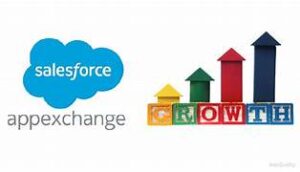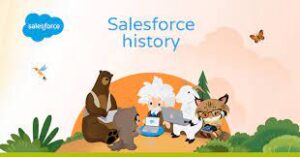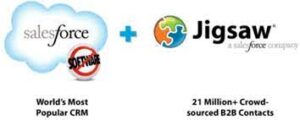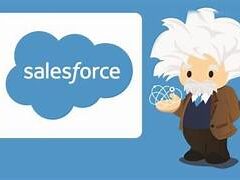The Foundation of Effective AI Implementation
The success of your Agentforce deployment directly correlates with your organization’s data maturity. While comprehensive, well-structured data yields optimal AI performance, businesses at any stage of their data journey can benefit from implementing AI agents. The key lies in adopting a strategic, phased approach that delivers measurable impact while building toward long-term data excellence.
Building a Robust Data Infrastructure
Data Quality Optimization
The principle of “garbage in, garbage out” remains particularly relevant for AI systems. To ensure high-quality outputs:
- Prioritize data cleansing by eliminating duplicates and correcting inaccuracies
- Implement validation protocols to maintain data integrity
- Focus initial efforts on high-impact datasets rather than attempting complete transformation
Data Unification Strategy
Creating a centralized knowledge ecosystem enables AI agents to deliver consistent, informed responses. Essential integration points include:
- Customer interaction histories
- Product documentation and specifications
- Support ticket resolutions
- Customer feedback mechanisms
- Transaction records
Platforms like Unified Knowledge facilitate seamless consolidation of disparate data sources into Salesforce, enhancing AI grounding effectiveness.
Knowledge Base Development for AI Excellence
Effective AI Grounding Techniques
Retrieval-augmented generation (RAG) transforms your knowledge base into a powerful AI enabler by:
- Ensuring response accuracy through verified content
- Maintaining brand-specific communication standards
- Enabling contextual adaptation to various scenarios
Knowledge Base Optimization
To maximize AI agent performance:
- Structure content with clear hierarchies and relationships
- Incorporate real-world examples and use cases
- Segment customer-facing and internal procedural content
- Enhance multimedia assets with descriptive metadata
- Develop comprehensive FAQ resources targeting common inquiries
Continuous Knowledge Improvement Cycle
Proactive Knowledge Maintenance
Implement these practices to sustain AI relevance:
- Monthly data audits to identify outdated or incomplete information
- Cross-functional review teams incorporating product, engineering, and customer insights
- Real-time updates for critical business changes (promotions, policy updates)
Feedback-Driven Enhancement
Leverage multiple feedback channels to identify knowledge gaps:
- Customer satisfaction metrics and direct feedback
- Frontline representative insights
- Analysis of recurring support patterns
- Operational performance metrics
Strategic Implementation Framework
Focused Use Case Development
Begin with high-impact scenarios by:
- Analyzing historical cases to identify top contact reasons
- Developing targeted knowledge articles for priority issues
- Utilizing AI-assisted content creation (with human validation)
- Structuring content for optimal machine readability
Phased Deployment Methodology
- Pilot Testing
- Limited release to controlled user groups
- Immediate feedback collection and analysis
- Iterative refinement before full deployment
- Scenario Validation
- Comprehensive testing across common and edge cases
- Emotional intelligence assessment
- Quarterly test scenario updates
Channel Optimization Strategy
Alignment with Business Objectives
Tailor channel strategy to organizational priorities:
- High-volume/low-complexity: Emphasize digital self-service
- High-value/complex interactions: Blend AI with human support
- Industry-specific requirements: Customize escalation protocols
Customer Journey Mapping
- Identify optimal resolution paths for each contact driver
- Balance efficiency with customer effort
- Prioritize speed in digital interactions
Human-AI Collaboration Model
Workforce Transformation
- Position AI as an enhancer of human capabilities
- Redirect human effort to high-value interactions
- Emphasize uniquely human skills (empathy, complex problem-solving)
Seamless Transition Protocols
- Ensure full context preservation in handoffs
- Minimize customer repetition
- Enable rapid agent orientation through comprehensive case histories
Performance Measurement Framework
Key Success Metrics
- Resolution Efficiency
- Automated resolution rate (target +30% improvement)
- Case deflection metrics
- Operational Impact
- Cost reduction projections (25%+ by year three)
- Resource reallocation effectiveness
- Training cost savings
- Business Value Creation
- Revenue generation through enhanced service
- Customer lifetime value improvement
- Employee satisfaction metrics
By implementing this comprehensive framework, organizations can systematically enhance their AI capabilities while delivering immediate business value and building toward increasingly sophisticated implementations. The approach balances quick wins with long-term transformation, ensuring sustainable success in AI-powered customer service.













